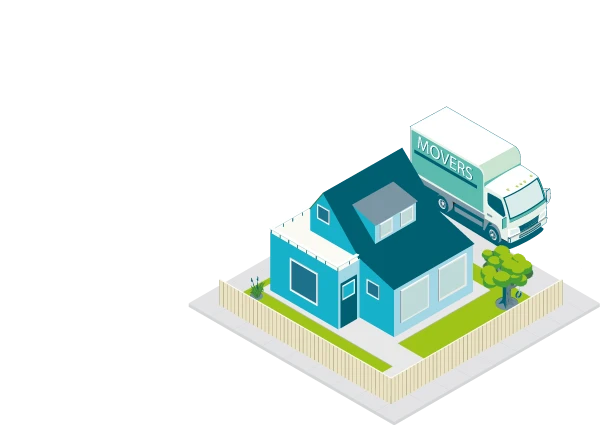Steps to take at the end of a tenancy - Tenants
When a tenancy is coming to an end, there are things the tenant can do to ensure the process goes smoothly – before, and on, the final day of the tenancy.
Give or receive notice to end the tenancy
Periodic tenancy: Generally, a tenant must give at least 21 days’ written notice to end a periodic tenancy.
A landlord can also give you notice to end a periodic tenancy, the length of notice depends on their reason for ending the tenancy.
Fixed-term tenancy: A fixed-term tenancy cannot end early except in limited circumstances or when the parties agree.
Finalise rent and bills
Before moving out, you’ll need to make your final rent payment, settle any other debts in relation to the property, and cancel any services connected to the property, such as electricity, gas and internet.
Move out and clean the property
When moving out, leave the place clean and tidy. Remove all of your belongings and take away your rubbish.
Take part in the final inspection
You should arrange a time to make a final inspection with your landlord. Most landlords will want to do the final inspection before they agree to refund the bond.
Request a refund of your bond
Your landlord should bring a bond refund form to the final inspection. You can also bring one in case they forget. This form needs to be completed and signed by the landlord and all the tenants named on the bond record.
Give the landlord your contact details
Leave the landlord with contact details so that mail can be forwarded to you and the landlord knows how to contact you about bond. You should also make sure your contact details are up to date with Tenancy Services for any bond matters.
This is also a good time to ask your landlord if they’re willing to give you a reference for future tenancies.
Next steps
Once you’ve moved out and received your bond refund that is the end of the tenancy. If you have any further issues, you can find out how best to deal with disputes.
Last updated: 30 January 2025


